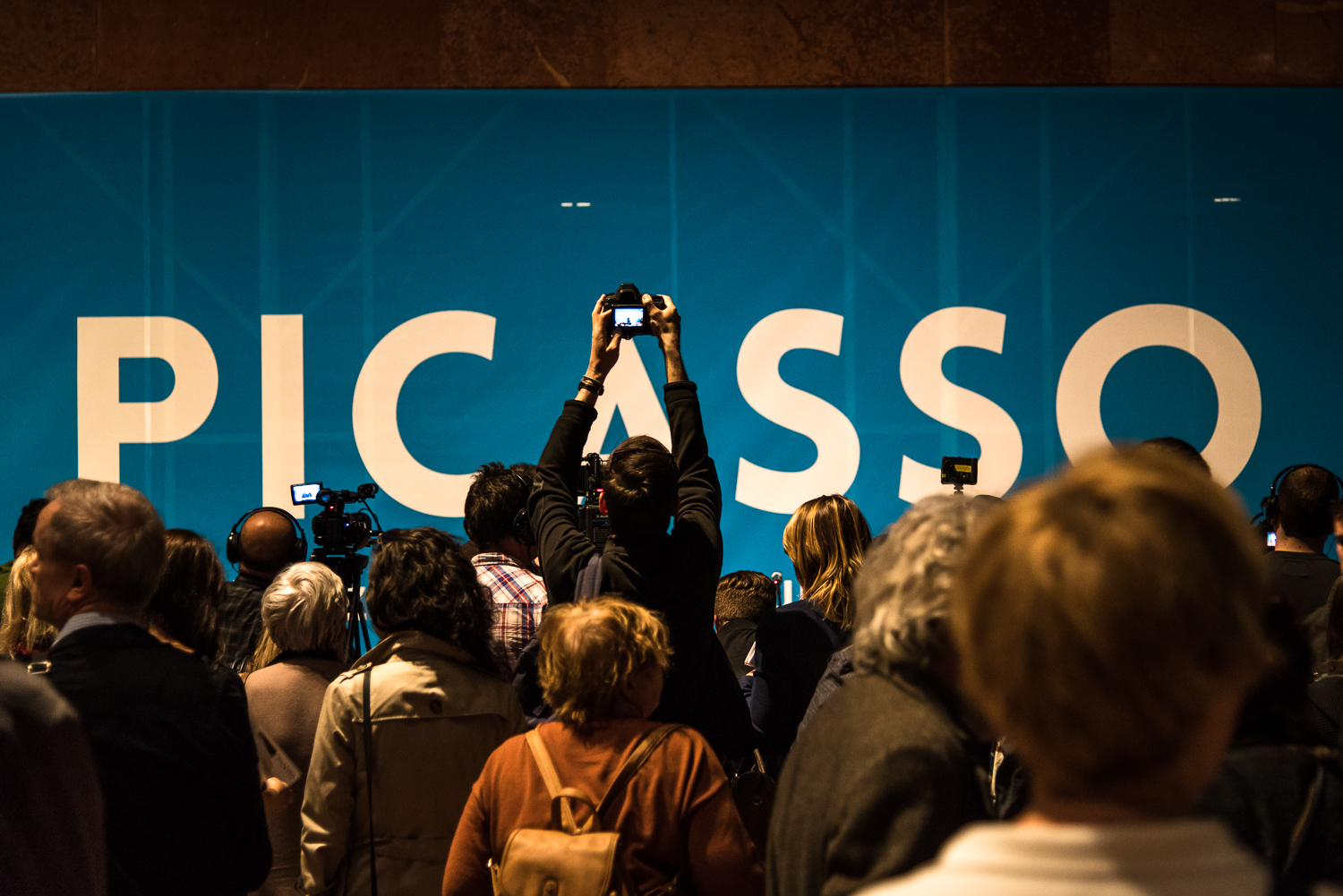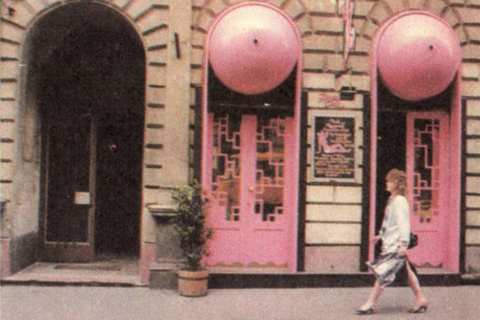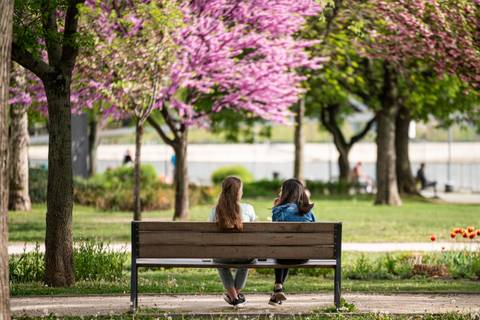During his lifetime, Picasso had an exhibition in Budapest in 1910. More than a hundred years later, Picasso has become one of the world’s biggest artistic superstars, and the audience of Hungary’s capital can see another exhibition of his work. Any city in the world would be happy to host such an exhibit, so without exaggeration, it is a huge deal that the collaboration of the Hungarian National Gallery and the Musée National Picasso of Paris was able to bring this first-class exhibit to Budapest, which opens today.
As implied by the exhibition’s subtitle – “Transfigurations 1895-1972” – the exhibition focuses on the transfigurations in figural portrayal, and includes varied works from all stages of Picasso’s extraordinarily long career, providing plentiful in-depth insight to the paintings and statues exhibited with numerous English-language placards.
The director of the Hungarian National Gallery, László Baán, explained that there has never been a previous Picasso exhibition with such a focus. During the artist’s nine-decade lifetime, Picasso dedicated 77 years to creating art – the display that opens on Friday in Budapest will show this period.
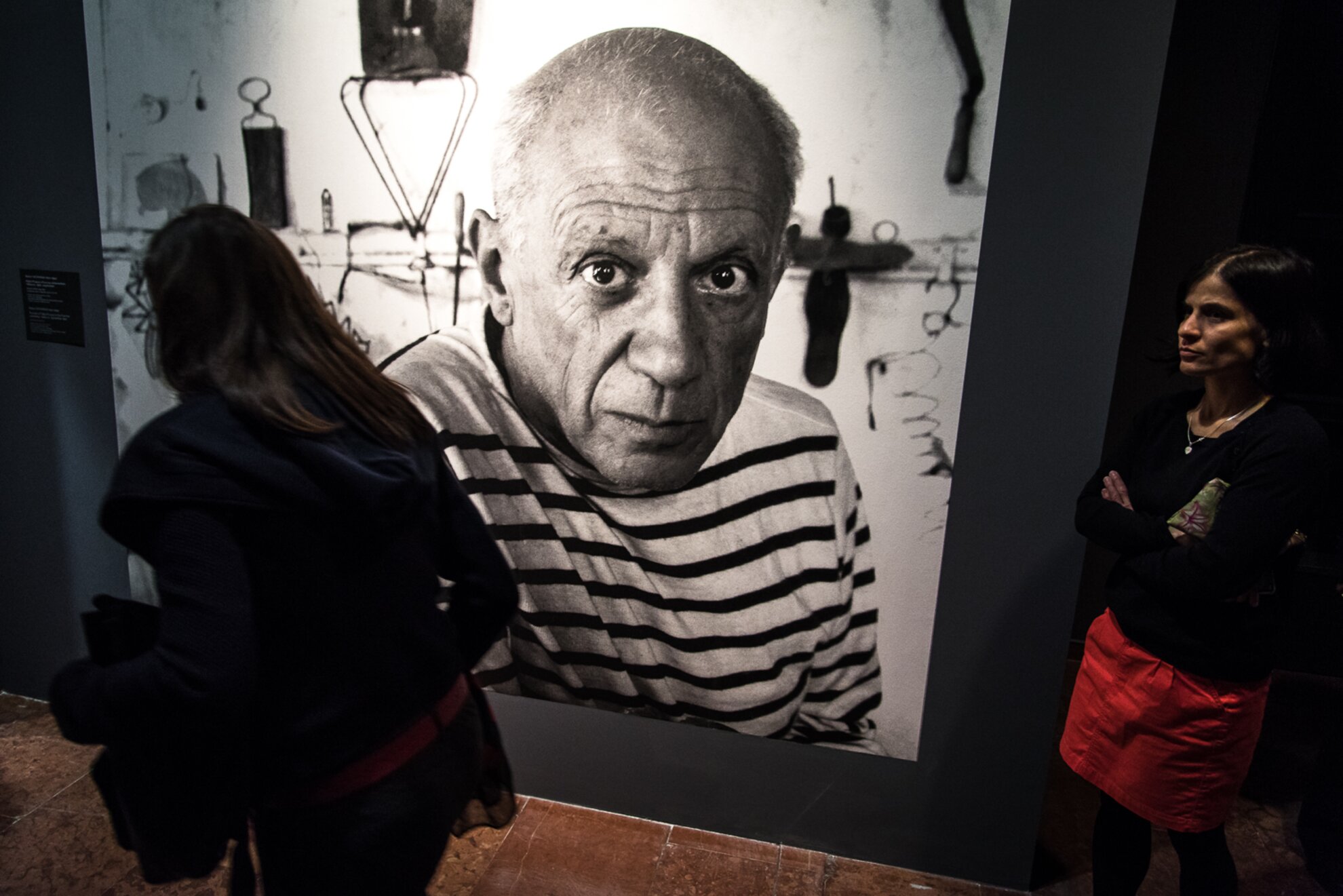
The exhibit is a result of the collaboration between two prestigious institutions; it was brought to life according to the concept of a Hungarian and a French curator, Emilie Bouvard and Ferenc Tóth. The recently published catalog also focuses on relations, namely on the relationship of the artist and Hungary.
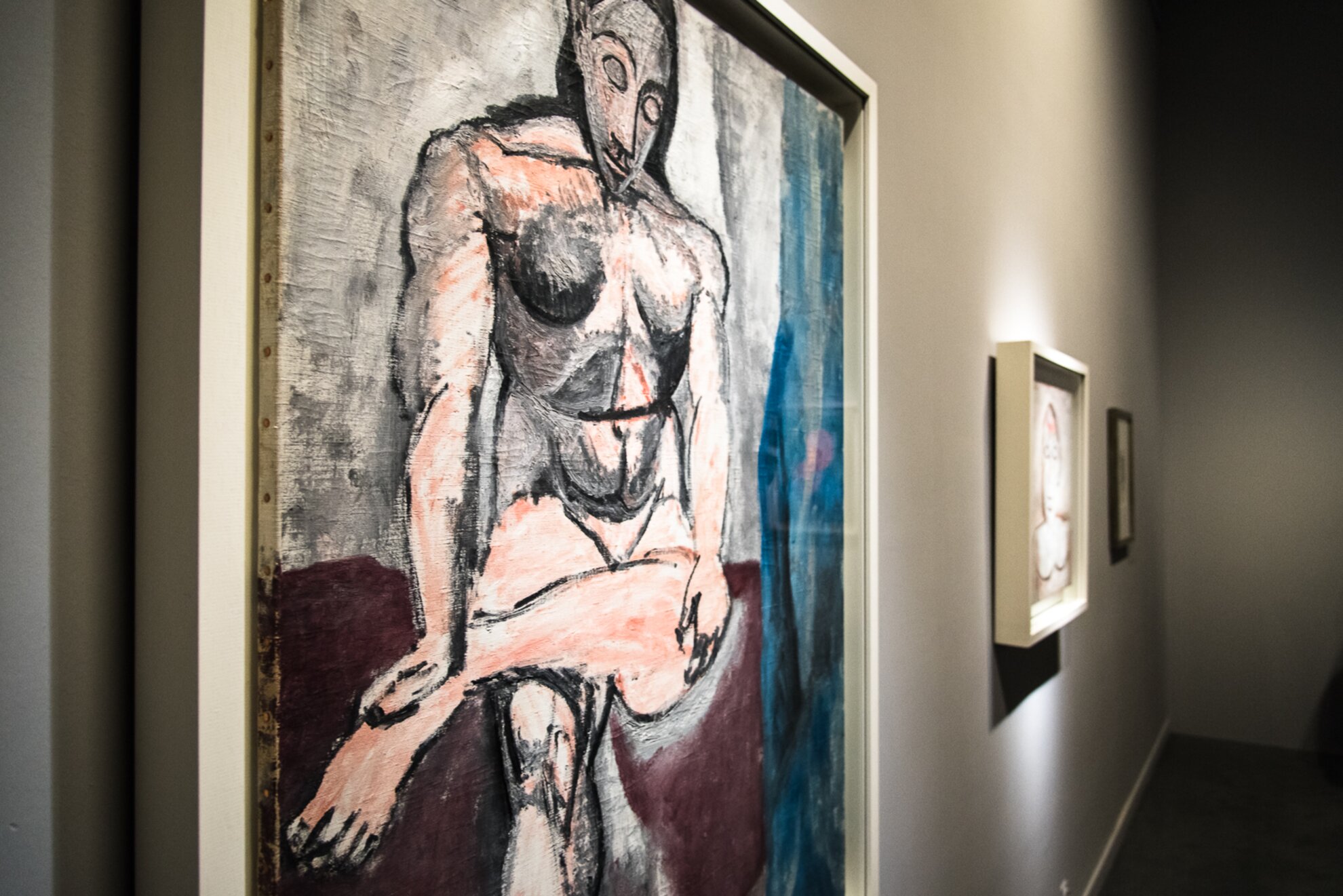
The first room introduces Picasso himself, “before he became Picasso”, as Emilie Bouvard put it. The artist was influenced by the intellectuality of the end of the century, religion, and symbolistpoetry, the French expert added. The next room is about the modern – everything that we date back to the turning point of “The Young Ladies of Avignon”.

In the following rooms we can get the picture of the transfigurations within Picasso’s painting and Cubism, and then we arrive to a curious place: although we don’t consider him a Surrealist, of course Picasso tried himself in that genre, too. This is followed by his works that display the horrors of war.

Moving forward, we can witness the return to the original source, the revival of “primitive art”. Around that time, artists turned to children’s drawings, and to the works of the insane, saying that these fresh artworks weren’t “infected” by the precision and artificiality of academism.

The part that displays the last 20 years is basically a journey of art history via discovering the relationship between artist and model. Picasso created a dialogue with Delacroix and Manet, and recreated the works of old masters. On the last paintings we can notice the freed strokes of the 90-year-old artist.

Walking around the rooms, we can see the works of one of the most influential artists of the past century. The pictures are inspiring, witty, and fascinating. One doesn’t need to be a fortune teller to say this exhibition will surely interest thousands of Hungarian and international art fans.
